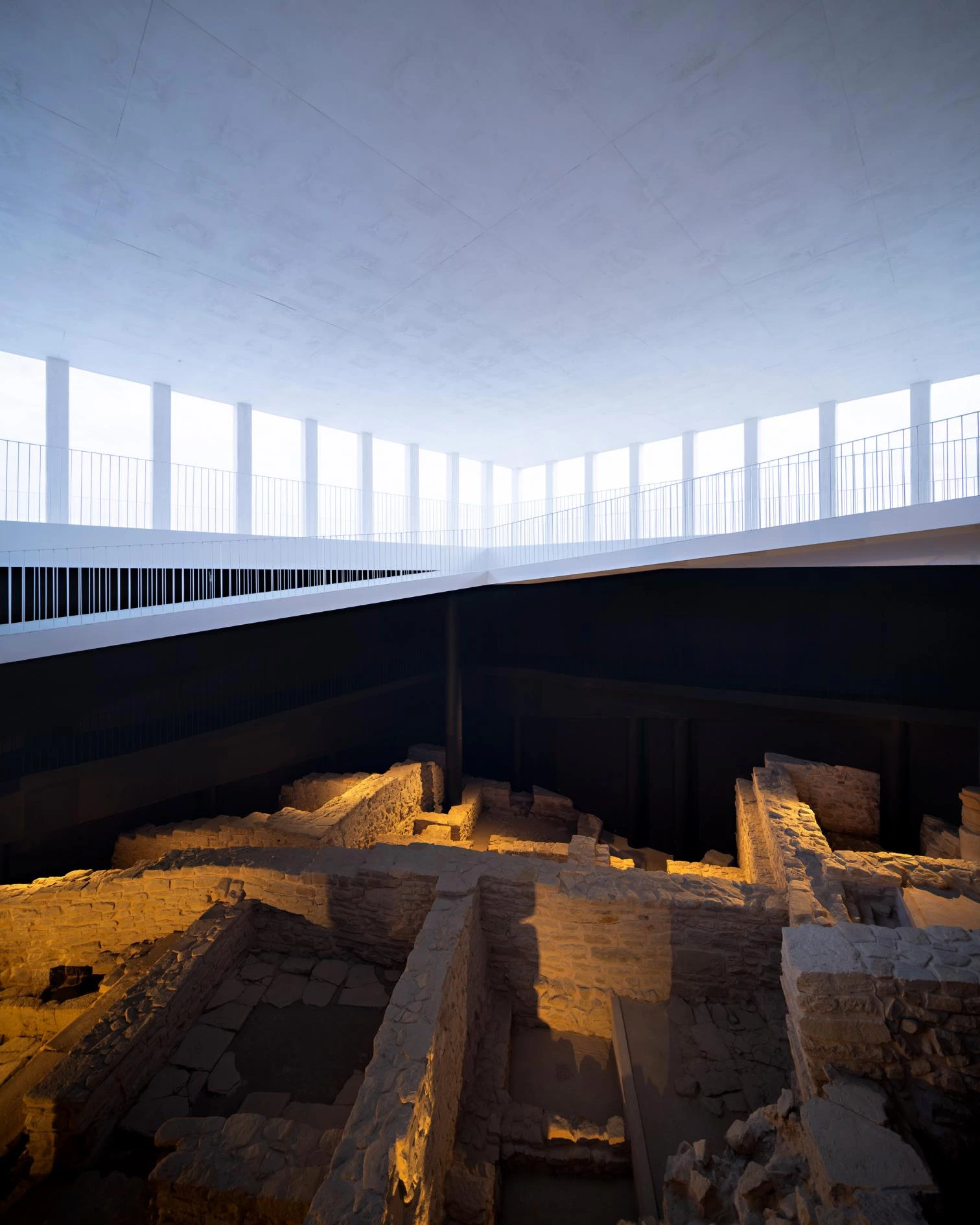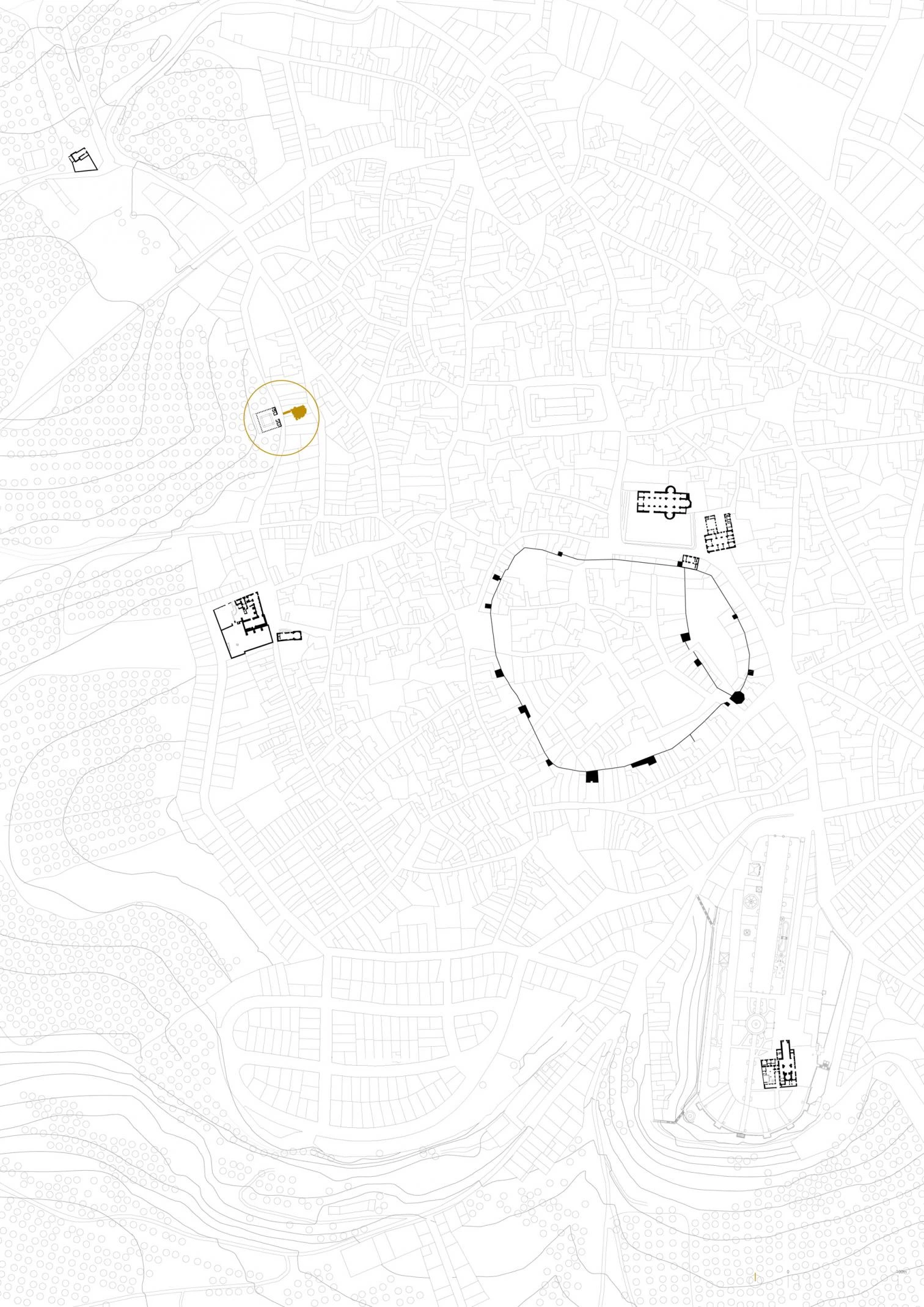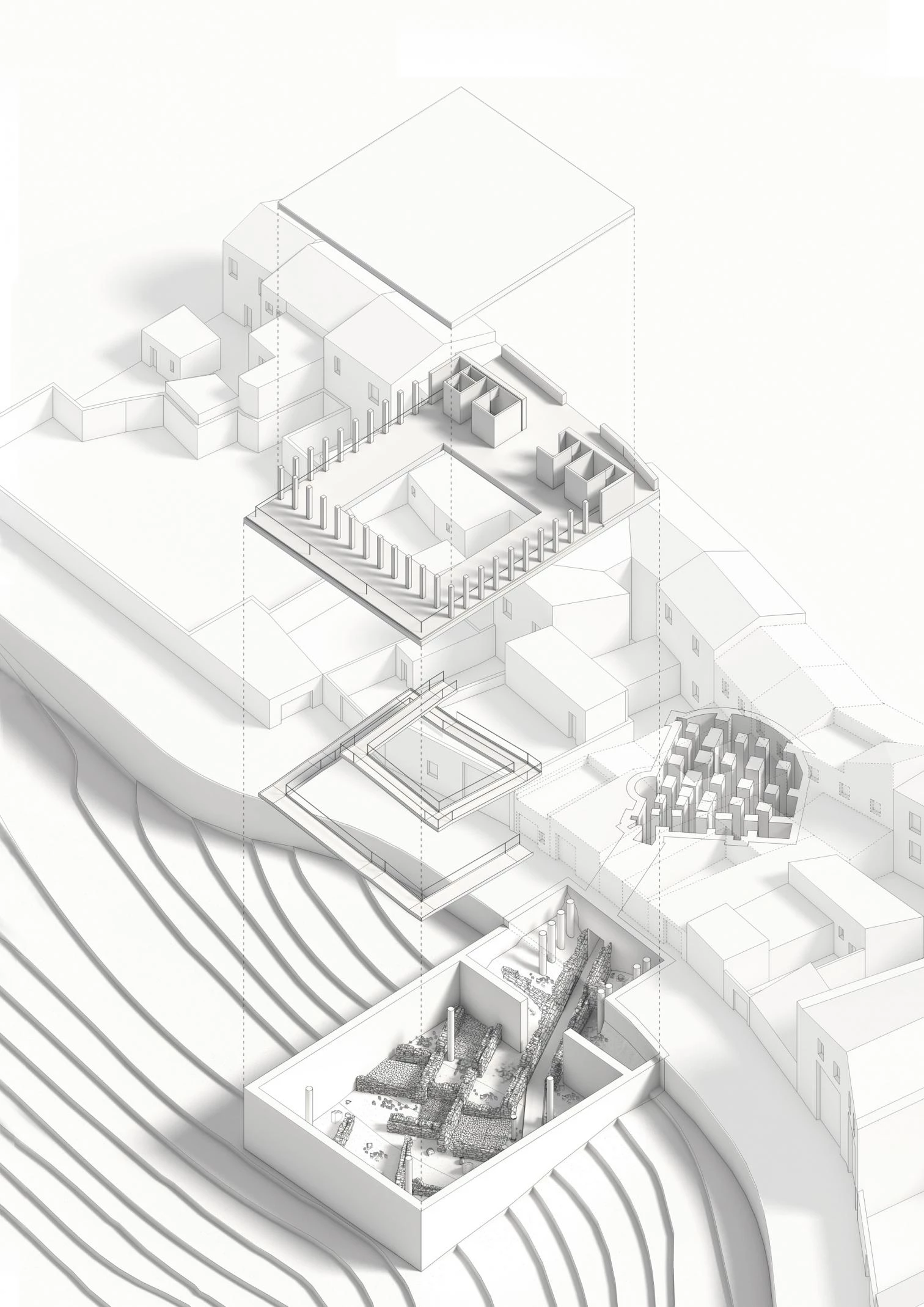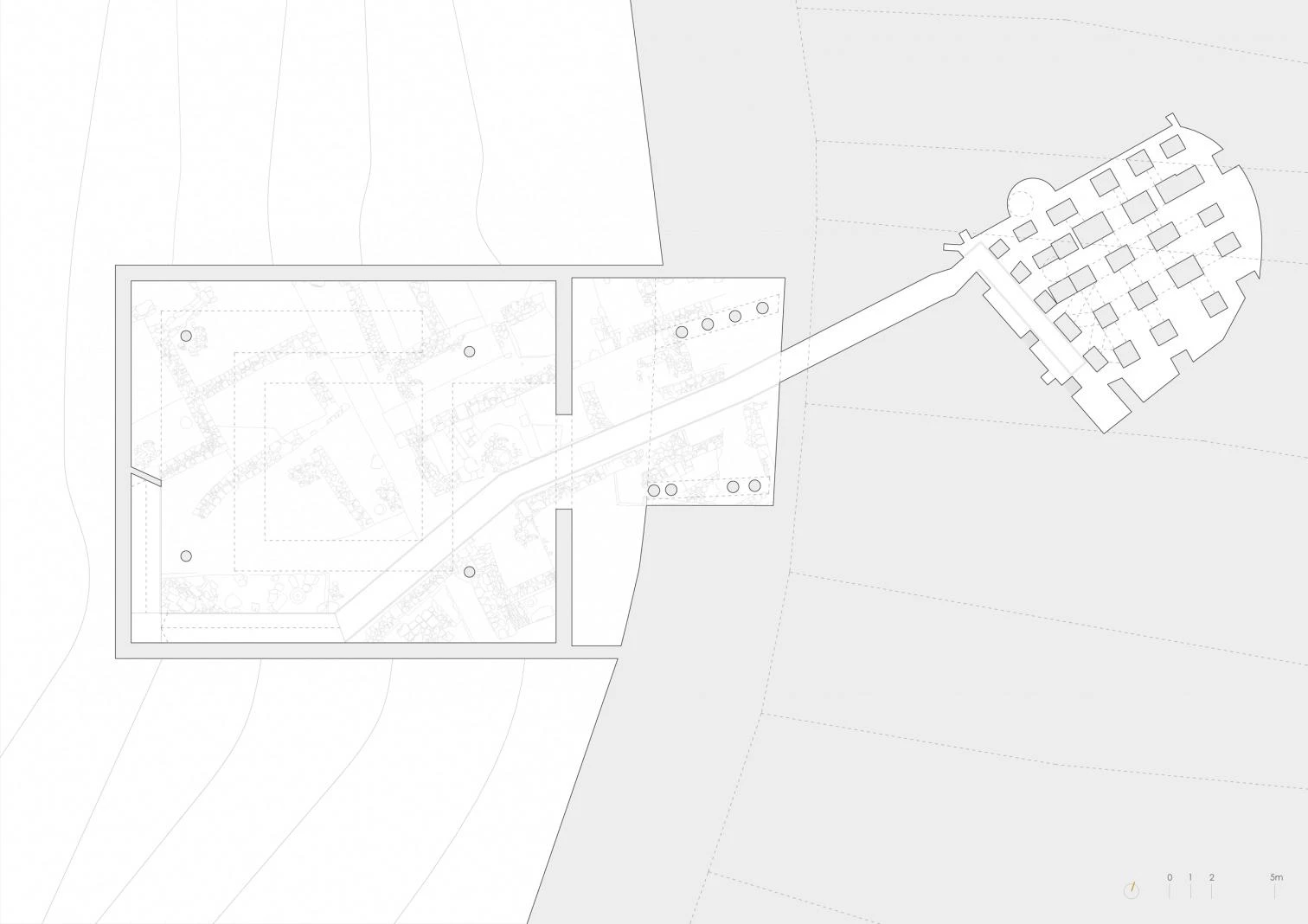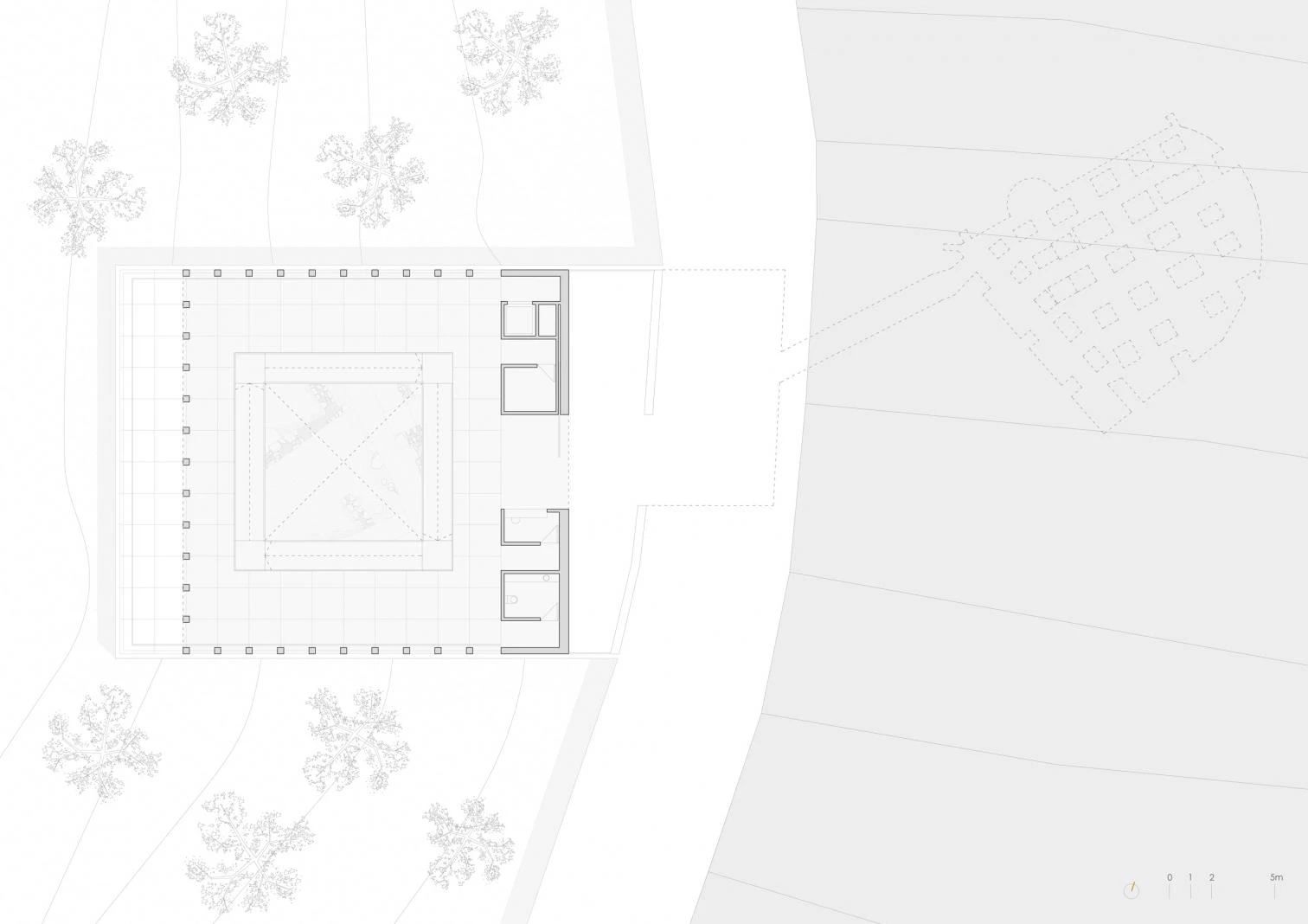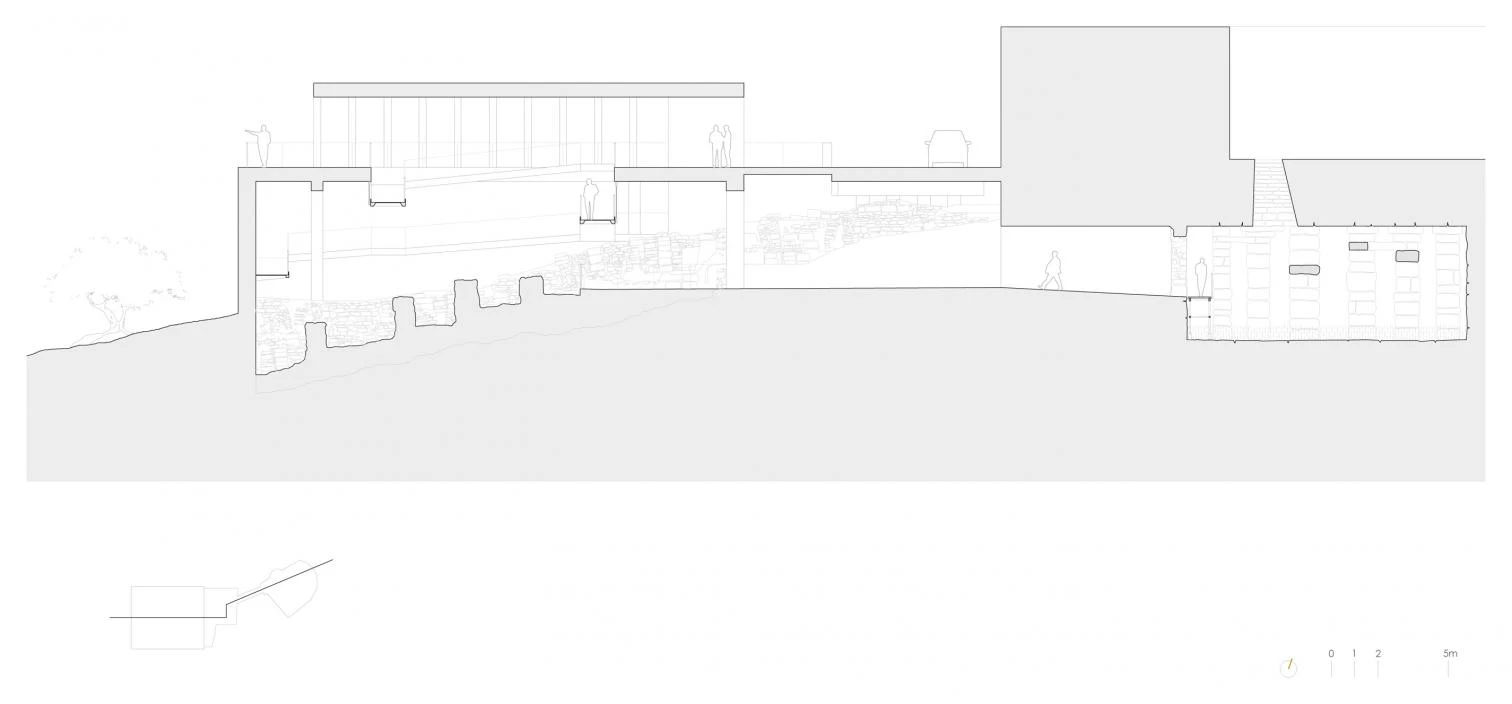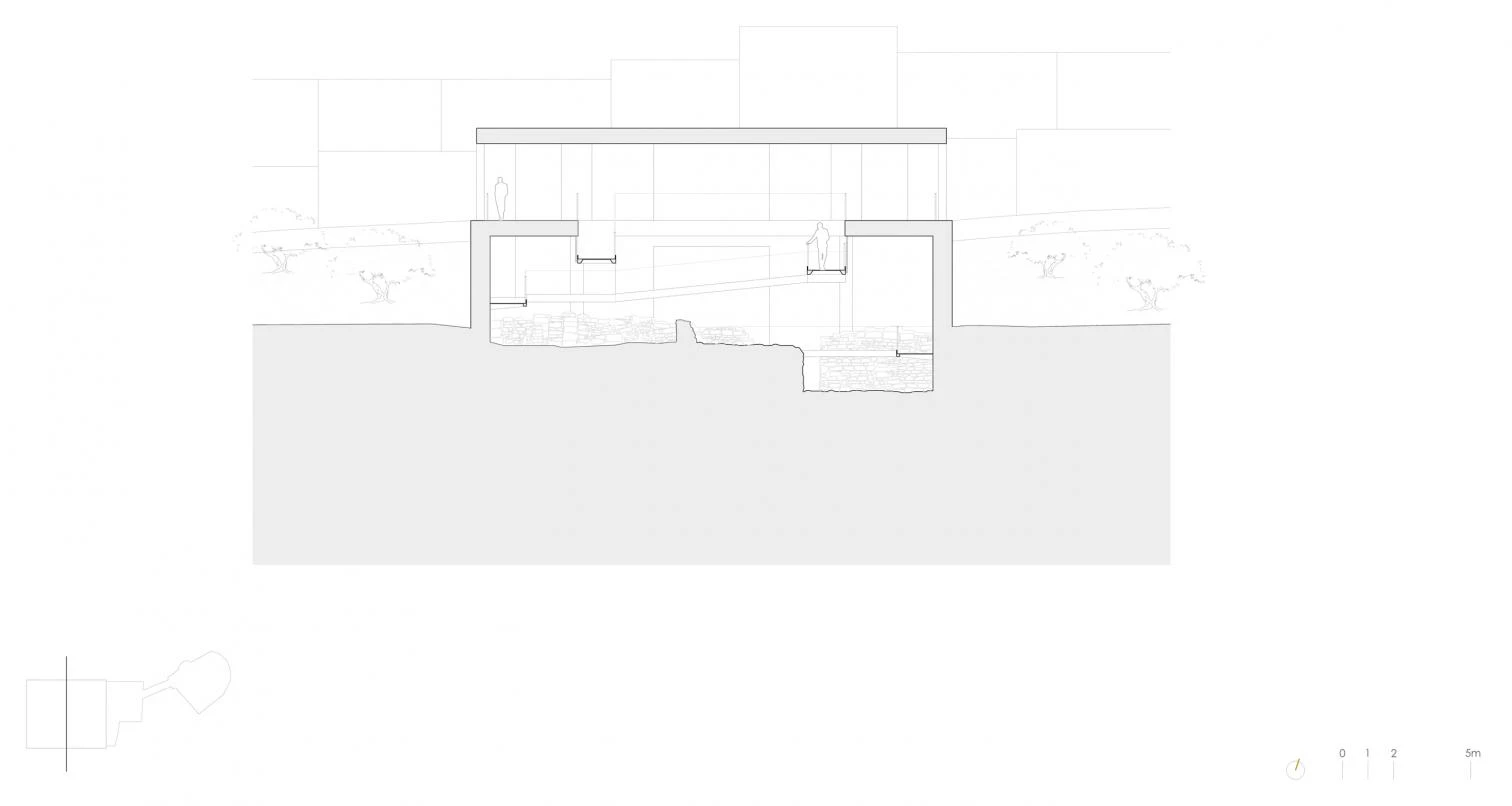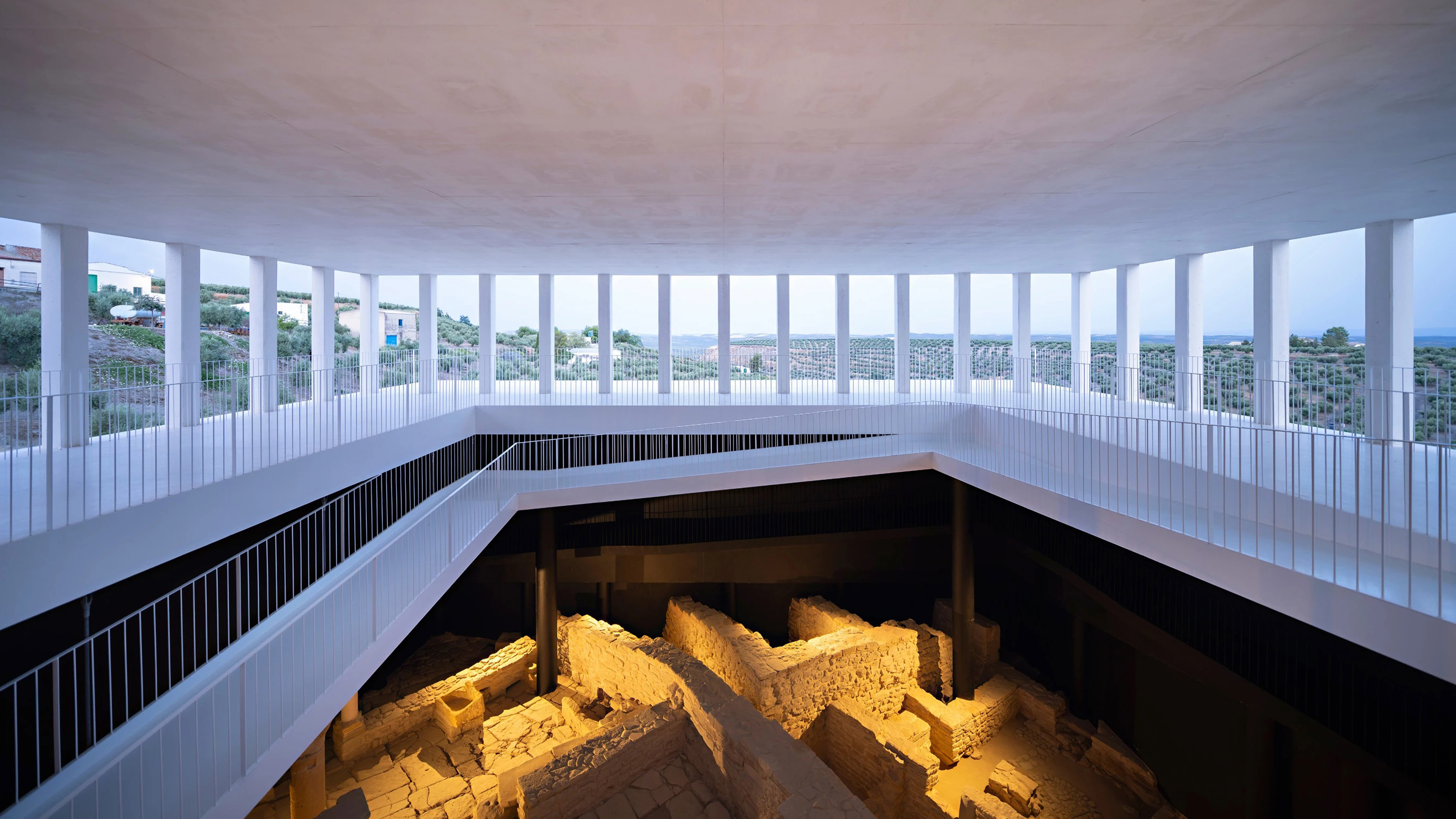Restoration of the Roman cistern of La Calderona in Porcuna (Jaen)
Pablo Millán- Type Culture / Leisure
- Date 2024
- City Porcuna (Jaén)
- Country Spain
- Photograph Javier Callejas
- Brand iGuzzini


Declared a Site of Cultural Interest in 2014, the La Calderona cistern in Porcuna (Jaén) was a water tank of the Roman city of Obulco, believed to have been connected to a hydraulic infrastructure of the municipium, possibly public thermal baths. During the Roman Empire, the growth of the walled city led to this area’s being covered with huge stone pillars on which to raise new constructions, initiating what would be its definitive burial.
During the Spanish Civil War, it served as an air-raid shelter, and by pure chance, a finding was made. Underground, people waiting out a bombing noticed that the wells they had in their homes were part of a more complex structure.
After a long and complicated restoration, the cistern currently operating has opened to the public. To give access down to the tank, the first part of the project involved building a visitor reception center that included a suspended descent ramp spiraling 100 meters without ever touching the archaeological remains. In order not to affect the houses standing above the Roman complex, this new construction rose on a vacant spot at one of the edges of the nearest road. Hence, the need to provide a way to reach the cistern led to the adding of elements other than the visitor center, namely a bridge over Calle San Marcos and a tunnel under the houses.
The project was based on the interconnection of opposed realities. Vis-à-vis the complexity is a discourse grounded on the simplicity of a clean, geometrically exact architecture that does not come into conflict with the ancient architecture, meaning not only the actual Roman cistern but also all the dwellings unearthed during the archaeological dig. And contrasting with the hidden subterranean space where no light enters is the bright and diaphanous space that welcomes the visitor. The result is a dialogue between archaeological heritage and contemporary architecture.



